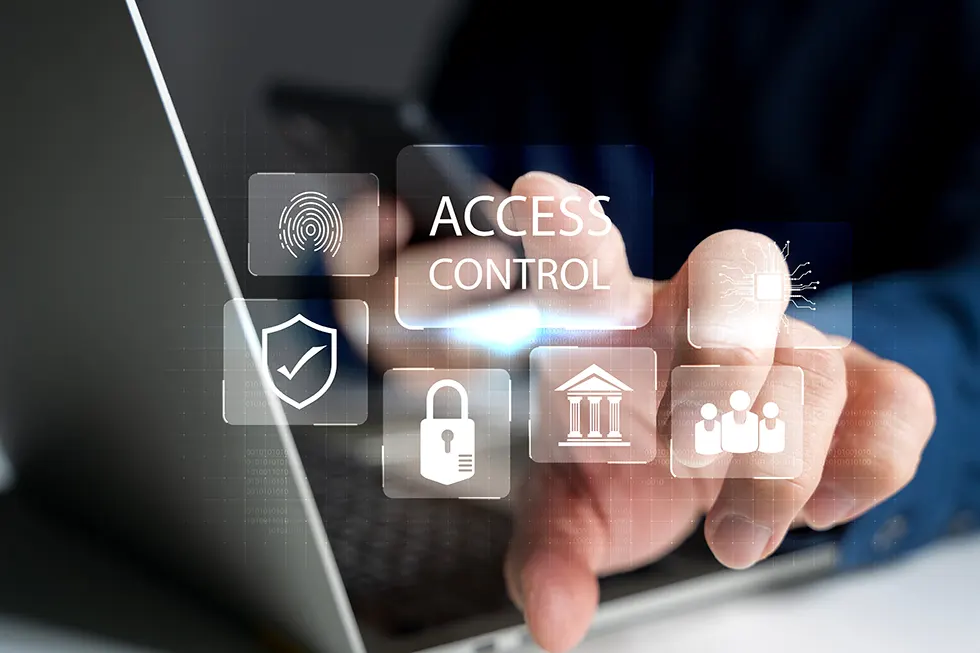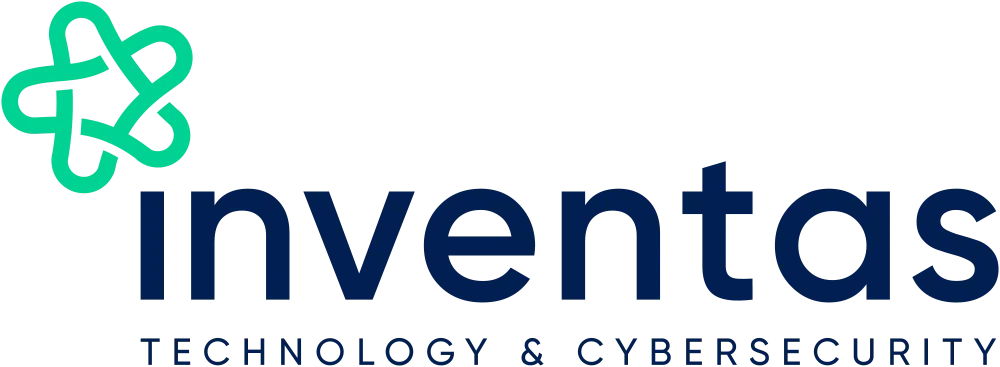How Privilege Access Management Works:
Limiting Access – PAM ensures that only employees who need access to certain data or systems for their job have it. For example, a staff member in HR might need access to payroll systems, but not to the company’s financial software.
Monitoring and Auditing – PAM tools constantly monitor who is accessing critical systems and what actions they’re taking. This helps catch any unusual or unauthorized behaviour, so you can spot potential risks or breaches.
Enforcing Least Privilege – The principle of “least privilege” means giving users the minimum level of access they need to do their jobs, reducing the chance of mistakes or malicious actions. For example, most employees don’t need admin-level access and PAM ensures they don’t have it.
Secure Passwords and Access Control – PAM also includes features like strong password management and multi-factor authentication, ensuring that even if someone gets hold of a password, they can’t easily access sensitive systems.

In short, Privilege Access Management is about protecting your business by carefully controlling who can access critical systems and data. It helps reduce security risks by ensuring only trusted users have the keys to your most valuable digital assets.
Or call us on +44 (0) 1737 222900
